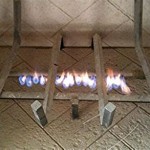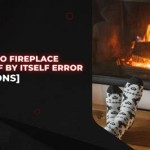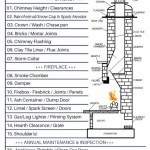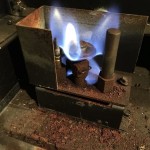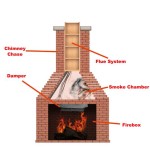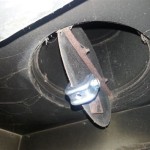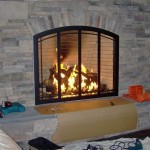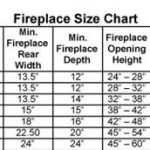Fireplace Wood Logs: A Guide to Choosing and Using the Perfect Fuel
A crackling fire in the fireplace is a source of warmth, ambiance, and comfort. But to enjoy these benefits, you need the right fuel—fireplace wood logs. Selecting the appropriate logs is crucial not only for a successful fire but also for the health and lifespan of your fireplace. This article delves into the world of fireplace wood logs, covering key factors in choosing the right type, understanding their properties, and maximizing your fire-building experience.
Understanding Wood Types and Their Properties
The choice of wood for your fireplace significantly impacts the burning characteristics, heat output, and overall enjoyment. Different wood types have varying properties, influencing the following aspects:
- Heat Output: Some woods produce more heat than others, making them ideal for warming larger spaces.
- Burning Rate: Fast-burning woods create a quick, intense flame while slow-burning woods provide a long-lasting, steady heat source.
- Smoke and Creosote: Some woods produce more smoke and creosote, necessitating frequent chimney cleaning.
- Scent and Fragrance: Woods like cedar and pine have distinct scents that can enhance the ambiance of your fireplace.
Popular wood types for fireplaces include:
- Hardwoods: These woods, like oak, maple, and ash, are dense and burn slowly, producing high heat with minimal smoke. They are excellent for long-lasting fires and are ideal for larger fireplaces.
- Softwoods: Examples like pine, fir, and spruce burn quickly and produce a bright, cheerful flame. They are suitable for smaller fireplaces and for starting fires. They are also known for their pleasant fragrance.
- Mixed Woods: Combining hardwoods and softwoods provides a balance of burning characteristics, offering both heat and flame.
Choosing the Right Logs for Your Fireplace
When selecting logs for your fireplace, consider the following factors:
- Fireplace Size: Larger fireplaces benefit from denser, harder woods that burn longer and produce more heat. Smaller fireplaces require a faster-burning wood like pine or spruce.
- Desired Heat Output: If you need a significant heat source, opt for hardwoods. For a cozy, atmospheric fire, softwoods are a good choice.
- Seasonality: Consider the time of year. In the winter, you might prefer a slower-burning wood for sustained heat. During spring or fall, a faster-burning option might be more suitable.
- Availability: Some wood types might be readily available in your area, while others may be harder to find.
- Wood Moisture Content: Dry wood burns more efficiently and produces less smoke. Aim for a moisture content of 20% or less.
Remember, seasoned wood—wood that has been dried for at least six months—is crucial for a clean and efficient fire. Fresh, unseasoned wood can cause excessive smoke, creosote buildup, and inefficient burning.
Maximizing Your Fireplace Experience with Wood Logs
Following these tips will help you maximize your fireplace experience:
- Start with Kindling: Begin with small, dry kindling to ignite the logs. This helps create a steady flame that will gradually ignite larger pieces of wood.
- Build a Foundation: Lay larger logs across the grate at the bottom of the fireplace. This creates a base for the flames to travel through.
- Stack the Logs: Place smaller logs on top of the larger ones to create a pyramid shape. This allows for proper airflow and efficient burning.
- Limit the Amount of Wood: Too much wood can lead to smoke buildup and inefficient burning. Start with a moderate amount and add more logs as needed.
- Open the Damper: Ensure the damper in your chimney is open to allow for proper venting and safe smoke evacuation.
By understanding the properties of different wood types and following best practices for building a fire, you can enjoy warm, beautiful, and efficient fires throughout the year.

Gas Logs Vs Wood Burning Outdoor Fireplaces Green Okie

Wood Fireplaces Gas Conversion That Counts

Decorative Logs Make Your Fireplace Look Great

26 Impressive Wood Log Wall Ideas Living Room Scandinavian Contemporary Fireplace Design

Extratherm Compressed Hardwood Logs Leinster Pellets

Circular Decorative Logs Real Wood Round Neat

The Best And Worst Types Of Wood For Burning In Fireplace Bob Vila

Fireplace Wood Log Rack Indoor Firewood Holder With Wheel China Outdoor Made In Com

Kiln Dried Hardwood Logs For Stove Fireplace Wood Burner Logpile

Log Burners Open Fires Love Logs
Related Posts

